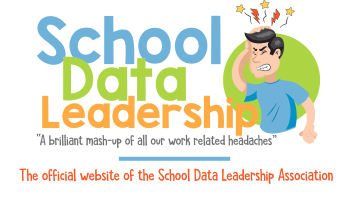Solicit input from and communicate regularly with all parents and families in ways that are accessible and understandable.
Importance of Parent and Family Engagement
Engaging parents and families in the education of their children is crucial for student success. When parents and families are involved in their children's education, students tend to perform better academically, exhibit improved behavior, and have higher attendance rates. Regular communication and collaboration between schools and families create a supportive learning environment and strengthen the partnership between educators and parents.
Accessibility and Understandability in Communication
-
Accessibility: Communication efforts should be accessible to all parents and families, regardless of language proficiency, socioeconomic status, or ability level. This includes providing information in multiple languages, utilizing various communication channels (such as email, phone calls, newsletters, and social media), and offering accommodations for individuals with disabilities.
-
Understandability: Effective communication requires clarity and simplicity to ensure that parents and families understand the information being conveyed. Educational leaders should avoid jargon and technical language, use plain language and visual aids when appropriate, and provide opportunities for clarification or further explanation as needed.
Strategies for Soliciting Input and Communication
-
Diverse Communication Channels: Offer a variety of communication channels to accommodate the preferences and needs of different families. This may include in-person meetings, phone calls, emails, text messages, newsletters, school websites, social media platforms, and mobile apps.
-
Cultural Sensitivity: Demonstrate cultural sensitivity and awareness when communicating with diverse families. Consider cultural norms, values, and communication styles to ensure that messages resonate with all members of the school community.
-
Regular Updates: Provide regular updates and information about school events, programs, policies, and student progress. Consistent communication helps parents and families stay informed and engaged in their children's education.
-
Two-Way Communication: Foster two-way communication by actively soliciting input, feedback, and questions from parents and families. Encourage open dialogue and create opportunities for parents to voice their concerns, suggestions, and aspirations for their children's education.
Implementation Strategies
-
Parent Engagement Events: Organize parent engagement events, workshops, and forums to facilitate communication and collaboration between schools and families. These events provide opportunities for parents to connect with educators, learn about educational resources, and participate in decision-making processes.
-
Parent Advisory Committees: Establish parent advisory committees or parent-teacher organizations (PTOs) to involve parents in school governance and decision-making. These committees can serve as a platform for parent input and advocacy on issues affecting students and families.
-
Multilingual Resources: Provide multilingual resources and interpretation services to ensure that language barriers do not hinder communication with non-English-speaking families. Translate important documents, announcements, and correspondence into languages spoken by diverse community members.
-
Feedback Mechanisms: Implement feedback mechanisms, such as surveys, suggestion boxes, or online feedback forms, to gather input from parents and families on their communication preferences and satisfaction with school communication efforts.
Conclusion
In conclusion, the standard for California educational leaders to solicit input from and communicate regularly with all parents and families in ways that are accessible and understandable is essential for building strong partnerships between schools and families. By prioritizing accessibility, cultural sensitivity, and two-way communication, educational leaders can create inclusive and supportive learning environments where all families feel valued, informed, and empowered to participate in their children's education.
